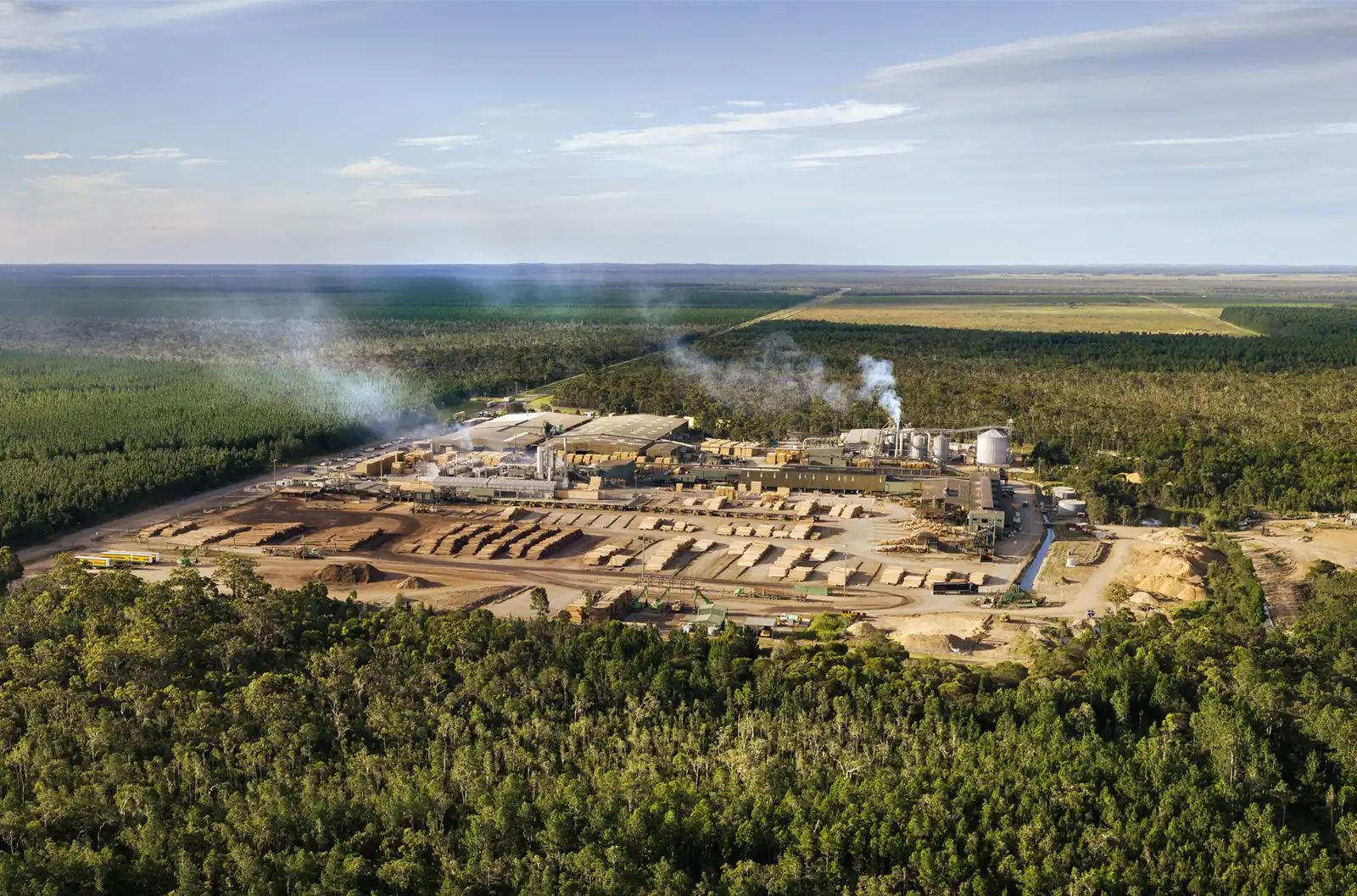Fire Resistance
When exposed to fire, timber undergoes a unique process called charring. Charring is the process of wood burning while leaving a layer of charred material on the surface. This char layer acts as a protective layer, insulating the unburned interior of the wood and slowing down the rate of combustion. As the outer layer of wood chars, it also releases gases that dilute the oxygen in the surrounding air, further slowing the rate of combustion.
The thickness of the char layer that forms depends on the intensity and duration of the fire, as well as the type and moisture content of the wood. Thicker pieces of timber, both structural timber and Glue Laminated Timber, tend to have a more significant char layer, providing more protection against fire.
The self-protecting nature of the charring layer increases the likelihood of a timber structure surviving a fire as the uncharred inner core remains unaffected, maintaining its structural strength and stability. Therefore, unlike steel, engineered timber like Glue Laminated Timber will not twist or spall in a fire event.

Glue Laminated Timber
Hyne Timber uses both sustainably grown hardwood and softwood to engineer beautiful Glue Laminated Timber (GLT) beams.
LGL and Beam 15 come from Australian plantation pine. The fire properties of this species are listed in Material Group Number 3, which indicates that the material can reach flashover in more than 120 seconds but less than 600 seconds after exposure to 100kW. Pine wood is resistant for areas where Bushfire Attack Levels* are considered BAL-12.5 and 19.
Beam 21 is available in both Forest Reds and Spotted Gum. Spotted Gum is considered a bushfire resistant timber up to and including BAL-29 while Forest Red Gum is rated for BAL categories of 12.5 and 19. Based on the National Construction Code (NCC) Early Fire Hazard indices, its spread of flame and smoke develop indexes sit low at 3 in a scale of 10.
* In the Australian Standards AS 3959, a home may experience different bushfire intensity levels. These are referred to as Bushfire Attack Levels (BAL). There are six levels in total: BAL Low, BAL-12.5, BAL-19, BAL-29, BAL-40 and BAL Flame Zone.
Australian Standard Fire Tests
Many Australian standard tests exist to cover fire concerns. A summary of these can be found below:









.jpg)













